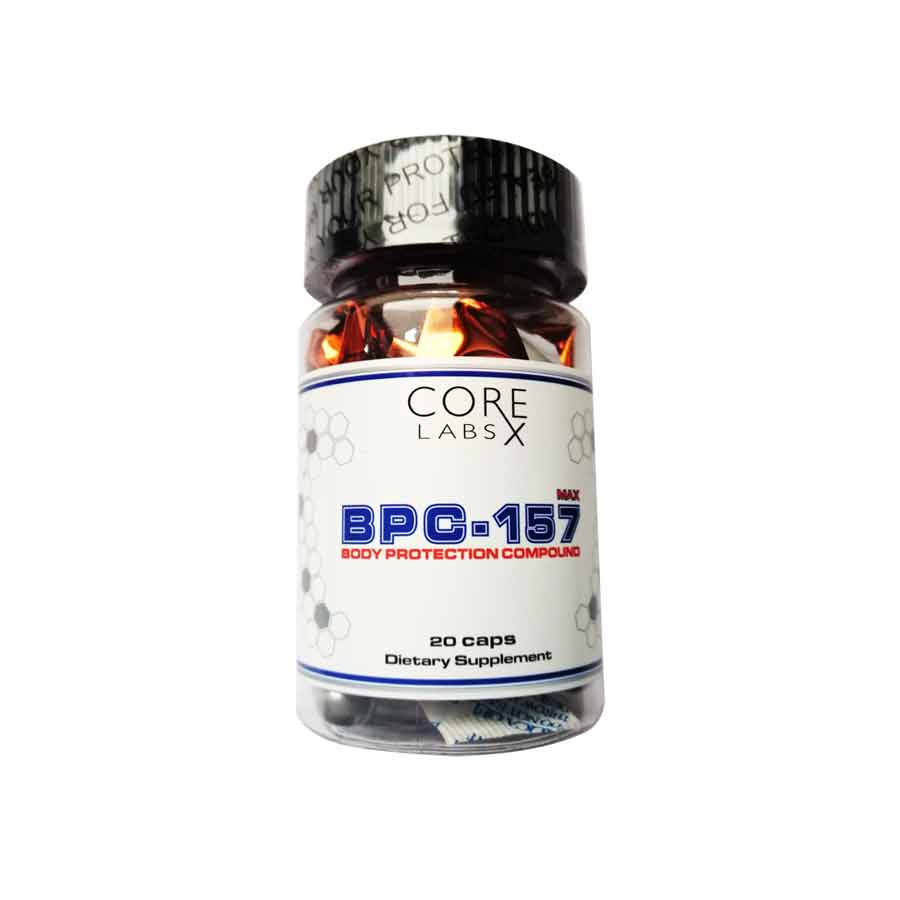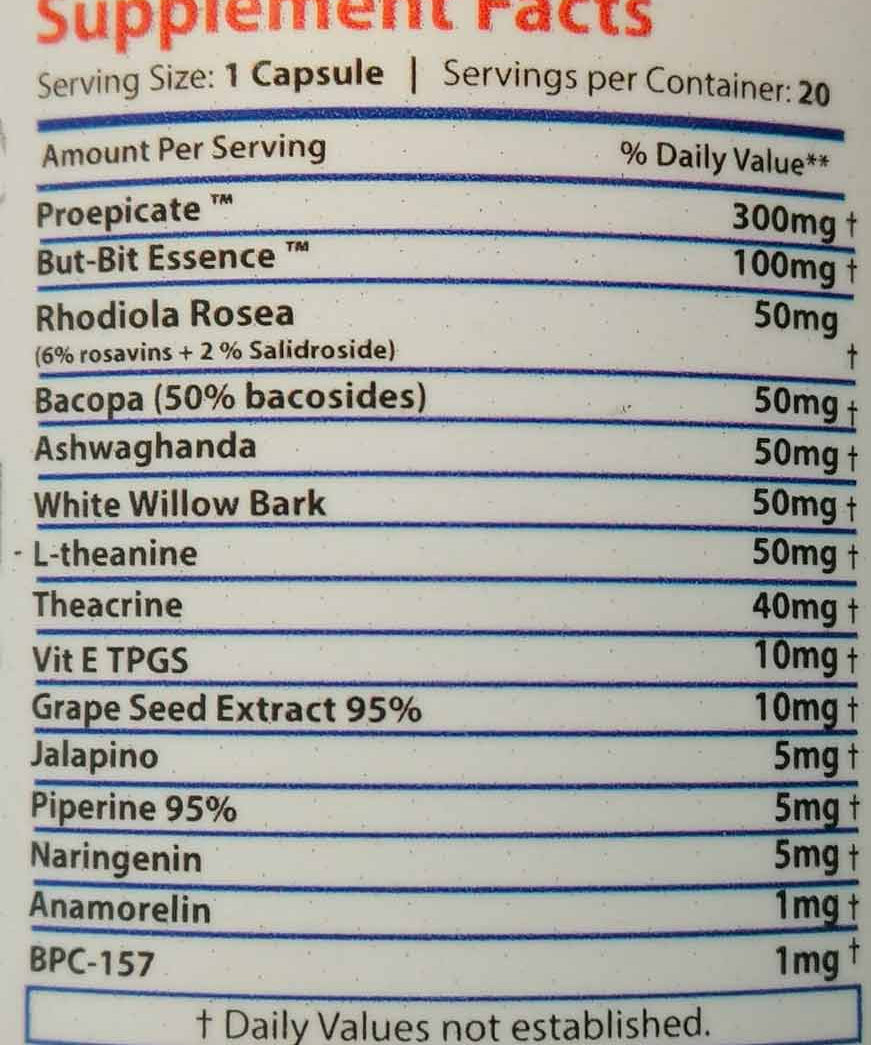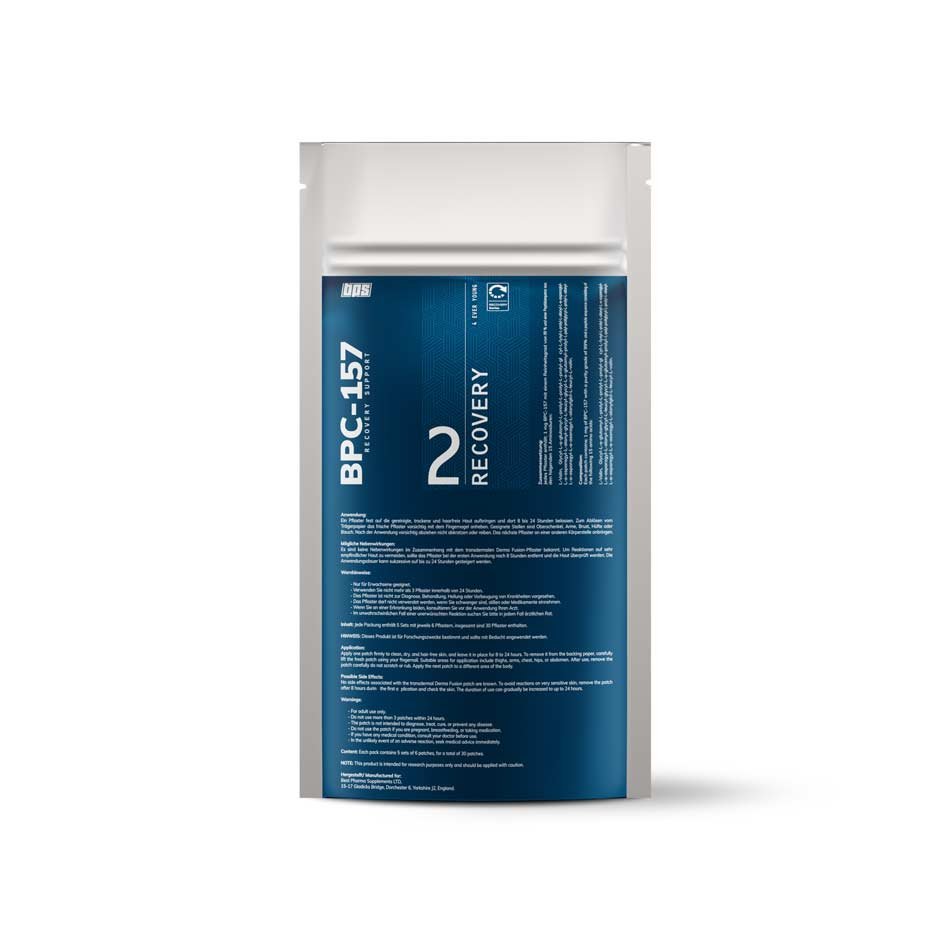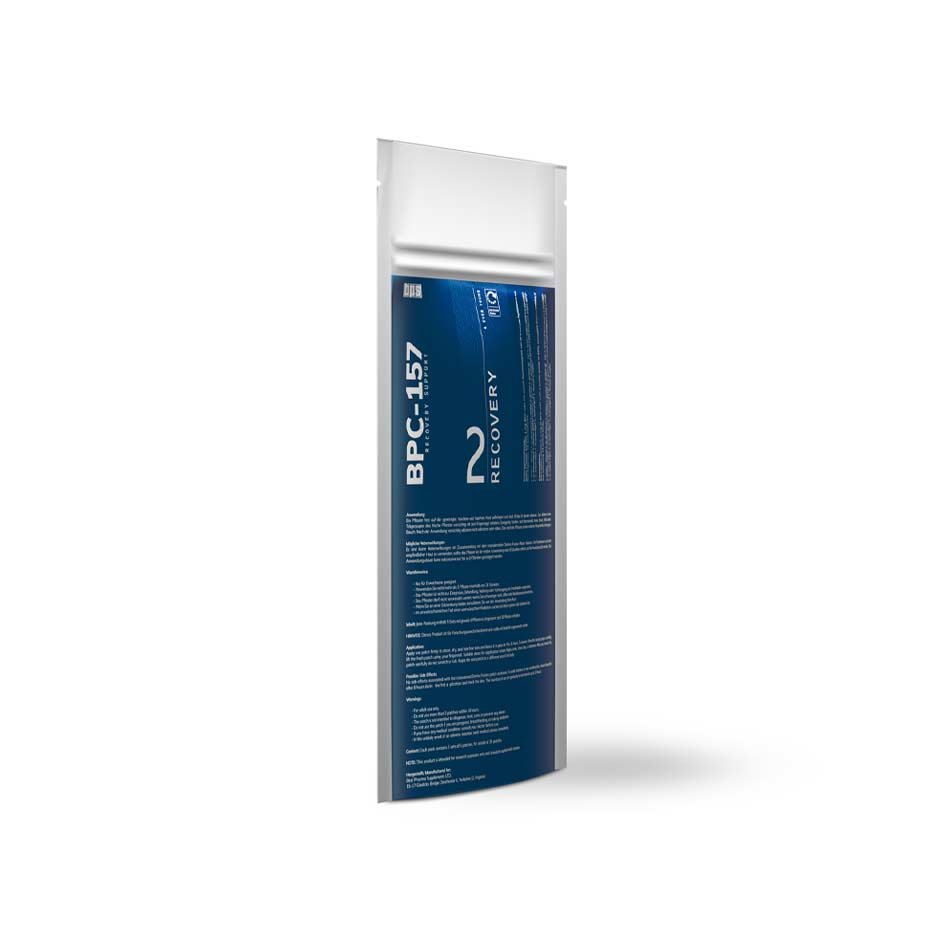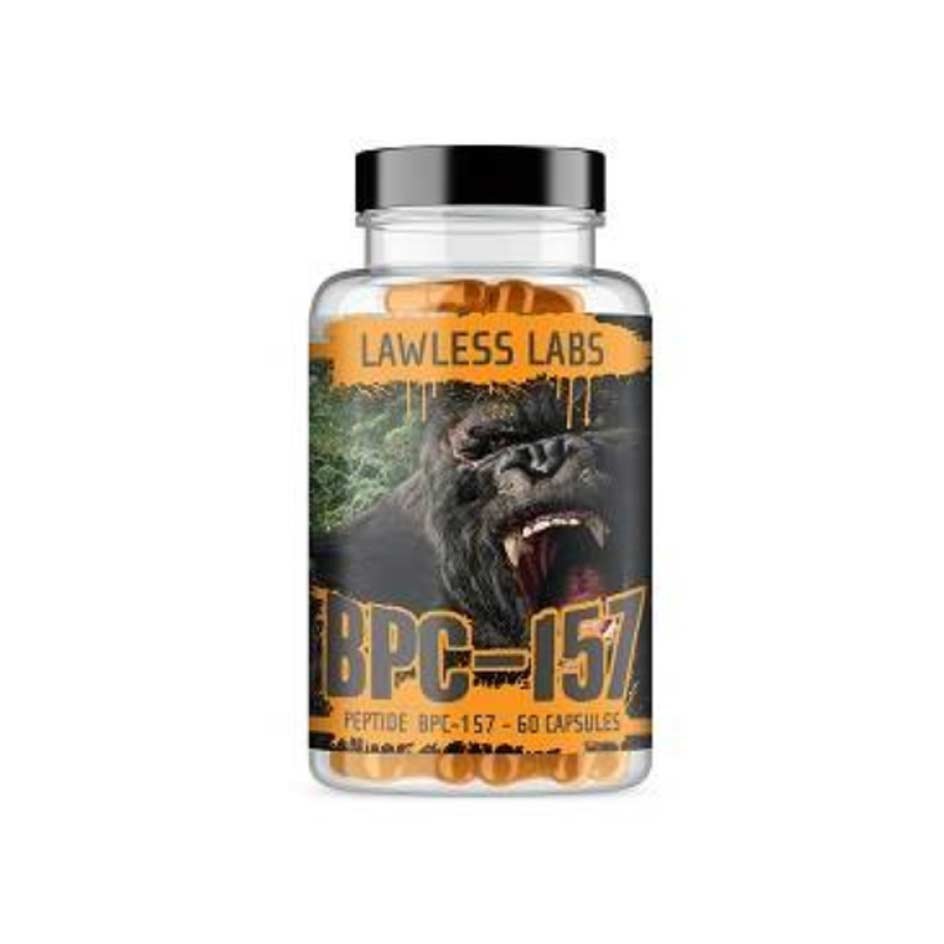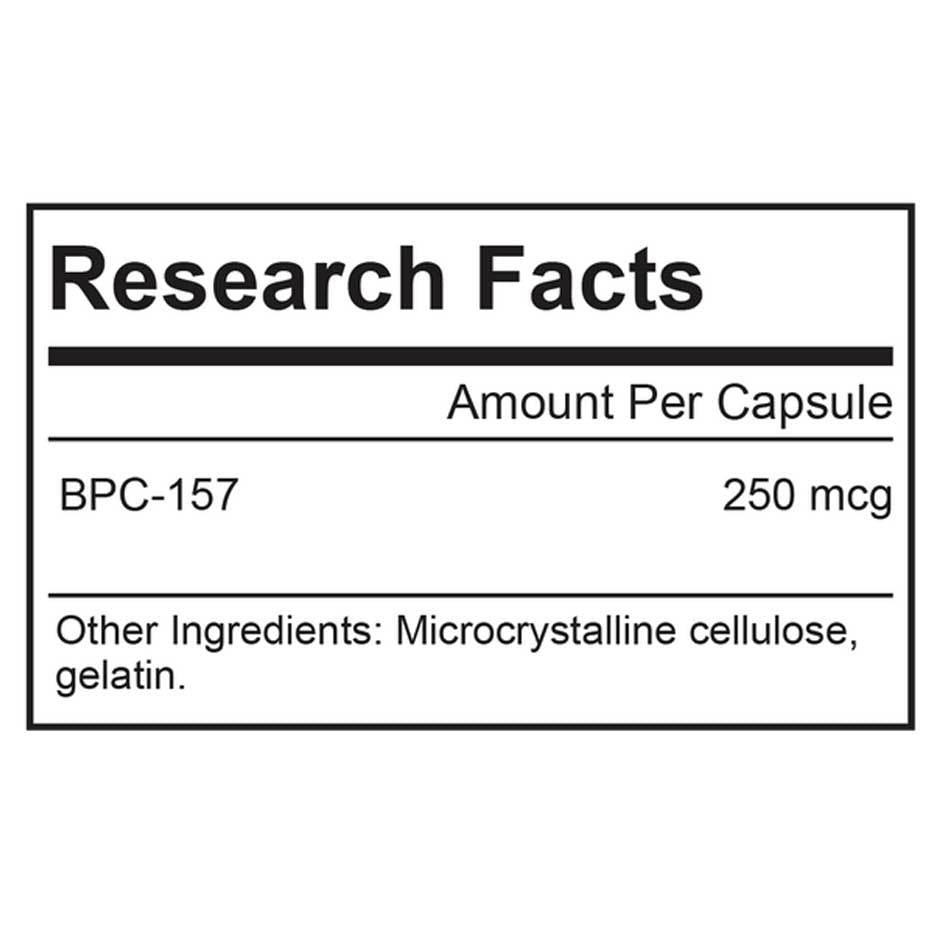What is BPC-157?
BPC-157, also known as "bepecin," is a peptide consisting of 15 amino acids (a so-called pentadecapeptide). Its molecular structure is based on a protein found naturally in the body, which is present in gastric acid; however, BPC-157 itself originated in the laboratory. It was developed in 1991 as part of experimental work with the peptide TB-500. Initially, it was called "PL 14736" or "PL-10." Hoping that PL 14736 would be a counterpart to TB-500, the developers conducted numerous animal studies on the healing effects of PL 14736, and lo and behold: The peptide proved to be a tremendously effective healing agent in rodents. Initially, the healing effect was investigated in gastrointestinal diseases, i.e., inflammatory gastrointestinal diseases. The results were promising – so promising that human studies followed a decade later [1]. Furthermore, the healing effects on skin wounds and ligament injuries were investigated, and here, too, PL 14736 proved highly effective in animal experiments [2][3]. Indeed, the peptide appears to have a healing-accelerating effect on all types of soft tissue, such as tendons, ligaments, and skeletal muscles [4]. This is also the origin of the current name BPC-157 – the abbreviation "BPC" stands for "Body Protective Compound." BPC-157 has been marketed in functional medicine for some time, although it has not yet been approved by theFDAfor use in standard medicine. This means that BPC-157 cannot officially be used as a drug [5].
How does BPC-157 work?
BPC-157 counteracts inflammatory processes and apparently stimulates fibroblasts, thereby stimulating cell growth in soft tissue. In other words: BPC-157 promotes the healing of tendons and ligaments. Furthermore, BPC-157 has a positive influence on the formation of granulation tissue and collagen, thus also promoting skin healing [6]. Furthermore, BPC-157 demonstrated a protective effect on nerve cells and nerve fibers in rodent experiments.
And that's not all: The peptide also has a protective effect on the cardiovascular system. Apparently, under the influence of BPC-157, new blood vessels (angionesis) form more quickly when a vein is occluded. Animal studies have shown that BPC-157 helps prevent thrombosis in cases of occlusion of the main vein [7]. If further studies yield similar results, BPC-157 could be used in the future to alleviate various vascular occlusion disorders.
There is therefore much evidence that the peptide is truly a "body protective compound." If one summarizes all previous BCP-157 studies and supplements the resulting findings with the BCP-157 experiences of athletes, the following spectrum of effects emerges:
- protective effect on the cardiovascular system
- increased formation of new blood vessels
- accelerated healing of tendons and ligaments
- accelerated skin healing or improved wound healing
- improved healing of gastrointestinal diseases
- Inhibition of inflammatory processes
Application of BPC-157
BPC-157 for injuries
One of the main reasons BPC-157 is so popular among athletes is that it allows typical sports injuries (torn ligaments, torn tendons, tendon irritations, etc.) to heal much faster. If an injury requires surgical treatment, as is often the case with tendon ruptures, the subsequent healing period is significantly shorter with BPC-157.
BPC-157 for inflammation
Inflammation is the body's natural response to injury and infection. Inflammation usually subsides on its own over time; however, it can also become chronic and lead to long-term problems. Studies have shown anti-inflammatory properties for BPC-157. Especially in cases of chronic inflammation, BPC-157 can therefore contribute to a significant improvement and a better quality of life for those affected.
BPC-157 for joint pain
Everyone knows what joint pain is like – and physically active people can practically sing a song about it. As healthy as exercise may be, it always puts strain on the joints. In most cases, however, the joint pain caused by exercise doesn't originate from the joints themselves (unlike joint pain associated with osteoarthritis and rheumatism), but rather from the tendons that cross the joints. In these cases, BPC-157 can provide significant pain relief.
BPC-157 for muscle building
Although BPC-157 wasn't primarily developed for muscle-building purposes, it can promote muscle growth when training intensity is compromised by tendon and joint pain. By enabling pain-free training, BPC-157 also allows for optimal muscle-building stimuli.
BPC-157 for gastrointestinal diseases
Almost all complaints affecting the gastrointestinal tract can be treated with BPC-157. Whether it's a stomach ulcer, intestinal inflammation, irritable bowel syndrome, or a chronic disease such as ulcerative colitis, the use of BPC-157 almost always results in a noticeable reduction in symptoms.
BPC-157 dosage
There is no general dosage recommendation for BPC-157 because its use in humans is not yet permitted. And since the few
Human studies conducted so far have focused solely on intestinal health, and there is no experimental evidence for the use of BPC-157 for other purposes. In animal studies, dosages ranged from 1 to 10 µg/kg body weight per day, which is a fairly wide range—making it difficult to derive recommendations from them. Furthermore, administration in the studies was primarily via injection, as is common with peptides. However, no injection solution can be offered on the supplement market.
The BPC-157 preparations that can be purchased today from online retailers are almost exclusively oral capsule preparations or oral drop preparations.
Their dosage typically ranges from 250 µg to 1,000 µg per capsule or drop. One capsule per day is recommended. However, the effectiveness of such oral preparations for complaints outside of the gastrointestinal tract is controversial. Peptides are ultimately just chains of amino acids, and amino acid chains are essentially completely broken down in the intestines. Therefore, oral peptide preparations are not the first choice for complaints related to the musculoskeletal system.
More promising are skin patches or transdermal patches, such as those offered by the manufacturer BPS Pharma. These patches (dosage: 1,000 µg per patch) can be applied directly to the affected area for tendon irritation, joint inflammation, etc. The active ingredient is released slowly over 8 hours, ensuring a constant supply. After that, the peptide circulates in the blood for another 16 hours. Applying a new patch every 24 hours is sufficient. After one week, inflammatory pain should decrease significantly, and after two weeks at the latest, inflamed and painful areas of the body, such as knees, elbows, or shoulders, should return to normal function.
What are the side effects of BPC-157?
To date, only a few BPC-157 side effects have been reported – which, of course, doesn't mean that there are none. However, preclinical animal model studies have demonstrated a very respectable BPC-157 safety profile: No significant toxic effects or serious side effects occurred, even at doses far exceeding those considered reasonable for therapeutic effects. Nevertheless, BPC-157 should not be considered a substance without side effects. Since BPC-157 promotes cell proliferation in fibroblasts, there is theoretically a possibility that it could also stimulate the growth of undesirable tissue types – i.e., tumors. Furthermore, paradoxically, there have been reports of mild digestive discomfort associated with the use of BPC-157. In any case, long-term studies on possible BPC-157 side effects are lacking, which is why the safety of BPC-157 is unclear.
Is BPC-157 legal?
Whether BPC-157 is legal cannot currently be definitively determined. BPC-157 is not approved for clinical use in humans by any national regulatory authority, meaning the peptide may not be sold or purchased as a medicine, food, or dietary supplement for humans. However, as an experimental substance, it is marketable. In other words: BPC-157 is not illegal – as long as its use in humans is not an issue. For this reason, product descriptions from online stores offering BPC-157 often state "Research chemical – not for human use."
For athletes, the situation is somewhat different, because BPC-157 is on theWADA list of prohibited substances(Category S0: prohibited substances). Therefore, the use of BPC-157 is doping! Anyone who tests positive for BPC-157 in a doping test is considered doping. It doesn't matter that no direct performance-enhancing effect has been proven for BPC-157.
Where can I buy BPC-157?
While oral BPC-157 supplements aren't readily available online, they are available in many well-stocked supplement shops. Obtaining the BPS Pharma patches is more difficult – they are only available through the BPS Pharma shop and a few specialty shops. The price for the patches isn't exactly cheap either (in any case, in the three-digit range). However, you can expect the patches to be much more effective than the capsules for all complaints that don't affect the gastrointestinal tract.
- M. Veljaca et al. (2003): “Safety, tolerability and pharmacokinetics of PL 14736, a novel agent for treatment of ulcerative colitis, in healthy male volunteers (https://www.researchgate.net/publication/288946001_Safety_tolerability_and_pharmacokinetics_of_PL_14736_a_novel_agent_for_treatment_of_
ulcerative_colitis_in_healthy_male_volunteers) - D. Seveljević-Jaran et al. (2006): “Accelerated healing of excisional skin wounds by PL 14736 in alloxan-hyperglycemic rats” – Skin Pharmacol Physiol. 2006 (https://pubmed.ncbi.nlm.nih.gov/16785777/)
- Tomislav Cerovecki et al. (2010): “Pentadecapeptide BPC 157 (PL 14736) improves ligament healing in the rat” – J Orthop Res. 2010 (https://pubmed.ncbi.nlm.nih.gov/20225319/)
- Daniel Gwyer (2019): “Gastric pentadecapeptide body protection compound BPC 157 and its role in accelerating musculoskeletal soft tissue healing” – Cell Tissue Res. 2019 (https://pubmed.ncbi.nlm.nih.gov/30915550/)
- wikipedia.org: BPC-157 (https://en.wikipedia.org/wiki/BPC-157)
- S. Seiwerth et al (1997): “BPC 157's effect on healing” – J Physiol Paris. 1997 (https://pubmed.ncbi.nlm.nih.gov/9403790/)
- Slaven Gojkovic et al. (2020): “Pentadecapeptide BPC 157 resolves suprahepatic occlusion of the inferior caval vein, Budd-Chiari syndrome model in rats” – World J Gastrointest Pathophysiol. 2020 (https://pubmed.ncbi.nlm.nih.gov/32226643/)








